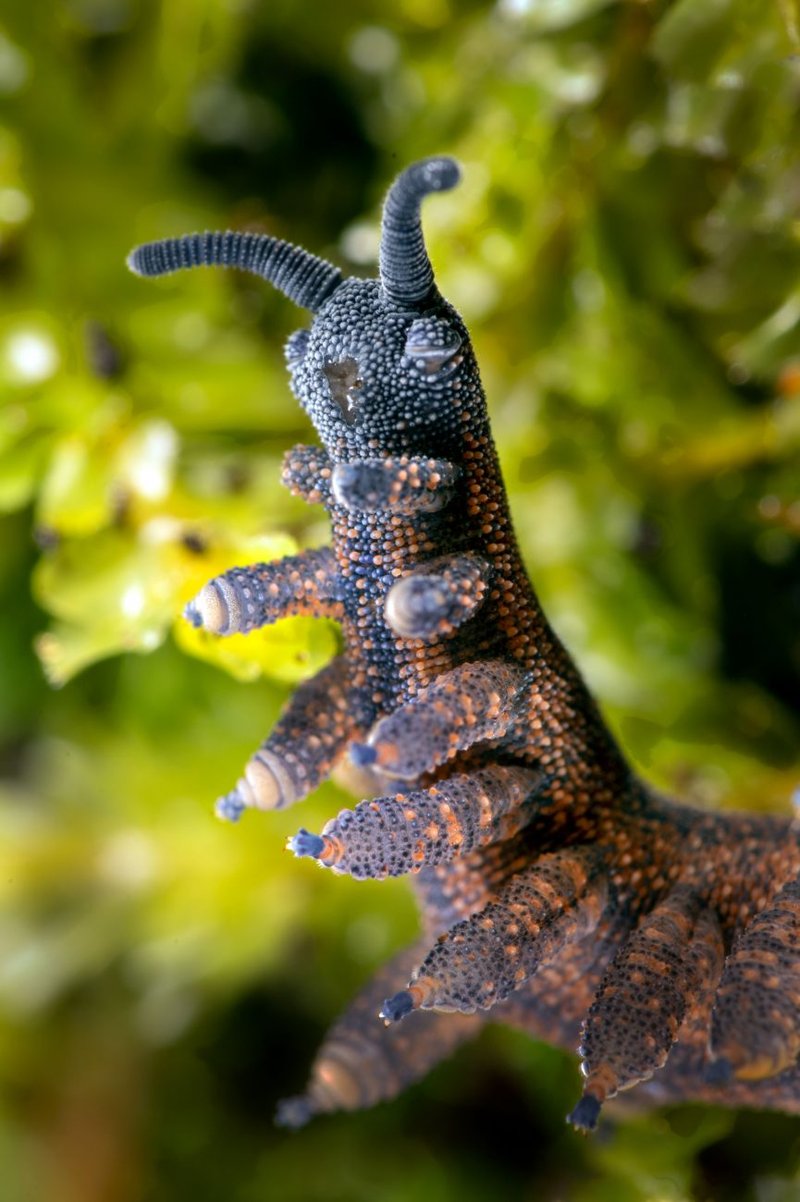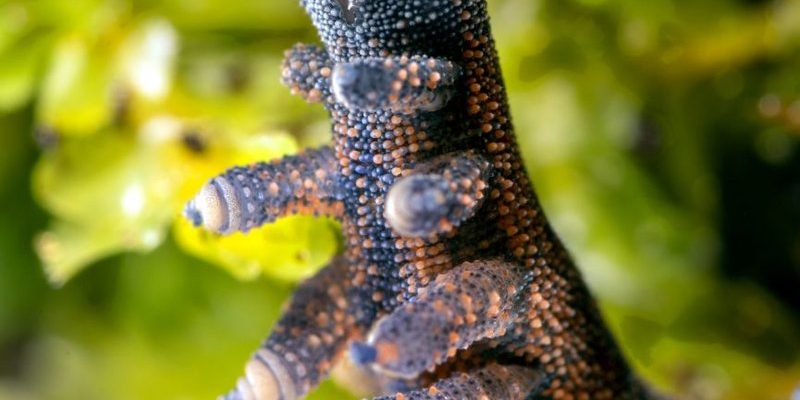
You might be wondering why we’re talking about these small, worm-like animals. Well, their nervous systems offer an incredible window into how evolution has shaped life on Earth. By learning about these creatures, we can explore not only their anatomy but also the broader story of life’s diversity. So, grab a cup of coffee and let’s get into it!
What Are Velvet Worms?
Velvet worms, or *Onychophora*, are soft-bodied, segmented invertebrates. They are often found in humid environments, primarily in tropical and subtropical regions. You’ll typically spot them hiding under leaf litter or in dark crevices where the moisture keeps them safe and comfortable.
These worms don’t get very large; most species measure just a few centimeters long. However, their unique appearance makes them stand out. They have a body that feels smooth to the touch, resembling velvet, which is where their name comes from. Their legs are short and stubby, designed perfectly for crawling over various surfaces.
One of the most fascinating aspects of velvet worms is their hunting style. With the ability to shoot a sticky slime to immobilize their prey, they have mastered a unique method of catching food. Imagine using a super-sticky web to trap your dinner! Their diet mainly includes insects and other small invertebrates, showcasing their role as important predators in their ecosystem.
Understanding Nervous Systems
Before we delve deeper into velvet worms, it’s crucial to understand what a nervous system is and why it matters. The nervous system is like the communication network of a body. It helps organisms respond to their environment, control their movements, and carry out complex behaviors.
In most animals, the nervous system consists of the brain, spinal cord, and various nerves. It’s interesting to note that different animals have evolved various types of nervous systems to suit their needs. For example, while humans have a centralized nervous system with a complex brain, other animals, like jellyfish, have a much simpler nerve net.
So, where do velvet worms fit in? Well, these animals have a more primitive nervous system compared to many others. Their system is decentralized, meaning it doesn’t depend solely on a central brain. Instead, they possess paired nerve cords running along their bodies—think of it like having two main highways instead of one. This unique arrangement plays an essential role in their movement and body functions.
The Velvet Worm Nervous System: A Closer Look
The nervous system of velvet worms is fascinating and somewhat unusual. It primarily consists of a pair of ventral nerve cords that run along their body length and several ganglia, which are clusters of nerve cells. You can think of ganglia as tiny brain hubs that control different segments of the body, allowing for coordinated movement.
Because they lack a true centralized brain, velvet worms rely on these ganglia to process sensory information. When they encounter something interesting—or even a potential predator—these ganglia work together to decide the best course of action.
This decentralized nervous system may sound primitive compared to more complex organisms, but it has its perks. Velvet worms can respond quickly to stimuli, allowing them to react to their environment effectively. Imagine having multiple small control centers throughout your body instead of just one main brain; it might make you nimbler and quicker!
The Role of Ecology in Velvet Worm Nervous Systems
The ecology of velvet worms plays a significant role in shaping their nervous system. Being primarily nocturnal hunters, they must be aware of their surroundings and react to threats from predators. This need for awareness explains why their nervous system has evolved to allow quick reactions.
In their natural habitat, velvet worms face competition for food and threats from larger predators. Their ability to dart away or shoot slime quickly is vital for survival. The quick response time of their decentralized nervous system enables them to navigate through their environment with agility.
Moreover, their habitats influence sensory adaptations. For example, velvet worms have developed sensitive skin that helps them detect vibrations and chemical signals in the air and soil. This additional layer of sensory input complements their nervous system, making them adept at hunting and avoiding danger.
Comparative Anatomy: Velvet Worms and Other Invertebrates
When considering velvet worms, it’s interesting to compare them with other invertebrates, like insects and spiders. Both groups have nervous systems that help them thrive in their respective environments, but the structure differs greatly.
Insects, for instance, have a more complex nervous system with a centralized brain, allowing for advanced functions like flight, complex social behavior, and sophisticated sensory perception. On the other hand, spider nervous systems are built for agility and quick reflexes, which is essential for their predatory lifestyle.
Velvet worms are somewhat in the middle—evolved to be effective hunters while retaining a simpler nervous system. This uniqueness puts them among the most primitive of terrestrial animals, showing how evolution can take unexpected paths. All these connections help us understand the vast tapestry of life on Earth.
Why Velvet Worms Matter
You might be asking yourself, “Why should I care about velvet worms and their nervous systems?” It’s a good question! Learning about these creatures can offer valuable insights into evolution, biology, and the interconnectedness of life.
Studying velvet worms can help scientists understand how nervous systems evolve over time. By analyzing their features, researchers can gain clues about the origins of more complex nervous systems found in other animals. Plus, these worms play an essential role in their ecosystems, acting as predators that help control insect populations.
Moreover, the fascinating biology of velvet worms can inspire future research in various fields, such as neuroscience and ecology. Learning about their adaptations might even influence how we understand other species, including our own.
Conservation of Velvet Worms
Although velvet worms may seem like small, inconsequential creatures, many species are vulnerable due to habitat loss and climate change. Protecting their habitats is essential to ensure their survival and that of other species that rely on them.
Conservation efforts focused on preserving moist environments, like rainforests and wetlands, can directly impact velvet worm populations. Sustainable practices, like responsible logging and land development, can help maintain their natural habitats.
Every creature, no matter how small, has a role to play in our ecosystems. Protecting velvet worms and their habitats not only supports their survival but also maintains the delicate balance of life that sustains us all.
In conclusion, velvet worms are more than just a quirky addition to the animal kingdom. Their unique nervous systems reveal fascinating insights into evolution and the diversity of life. From their decentralized nerve cords to their impressive hunting skills, these small creatures deserve our attention and respect. As we learn more about velvet worms, we not only discover their importance but also gain a greater appreciation for the interconnected tapestry of life on Earth.

